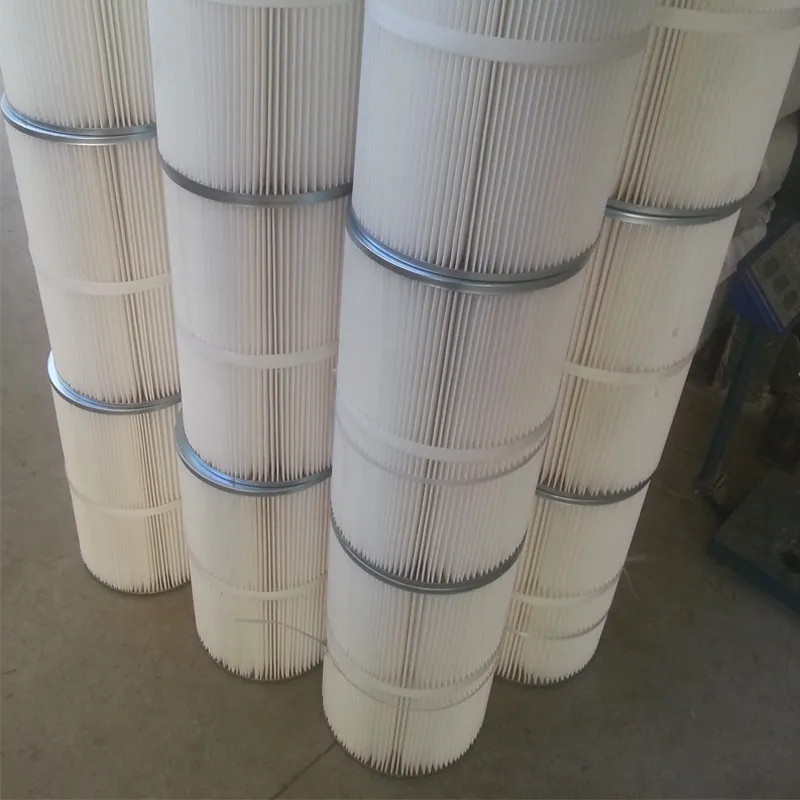 Tel:
+8615930870079
Tel:
+8615930870079
Sep . 10, 2024 12:04 Back to list
stainless steel filter element
Understanding Stainless Steel Filter Elements A Key Component in Filtration Technology
Stainless steel filter elements play an essential role in various industrial applications, providing robust filtration solutions that enhance the performance and longevity of equipment. Known for their durability, versatility, and resistance to corrosion, these filters are designed to maintain the efficiency of systems requiring the removal of particulates and contaminants from liquids and gases. This article delves into the characteristics, advantages, applications, and maintenance of stainless steel filter elements.
Characteristics of Stainless Steel Filter Elements
Stainless steel filter elements are made from high-grade stainless steel alloys, such as 304 or 316. These alloys provide excellent resistance to rust, oxidation, and a wide range of chemical substances. The filter elements can be manufactured in various forms, including pleated cartridges, mesh screens, and disc filters, tailored to meet specific filtration needs. The mesh size typically ranges from microns to larger holes, allowing for precise filtration according to the application requirement.
The structure of stainless steel filters allows them to withstand high temperatures and pressures, making them suitable for demanding environments found in industries like oil and gas, pharmaceuticals, and food processing. The ability to endure extreme conditions without losing integrity is a significant advantage over traditional filter elements made from paper or plastic.
Advantages of Stainless Steel Filter Elements
The use of stainless steel filter elements offers several benefits
1. Durability Stainless steel filters are built to last and can endure abrasive materials without deteriorating. This longevity leads to reduced operational costs as filters do not require frequent replacements.
2. Chemical Resistance They can handle aggressive chemicals and harsh environments, which is crucial in many industrial processes where the risk of corrosion is high.
3. Ease of Cleaning Stainless steel filters can be cleaned and reused, whether through backwashing, air blowing, or chemical cleaning. This feature not only conserves resources but also minimizes waste, aligning with environmentally friendly practices.
stainless steel filter element

5. Customizable Manufacturers can customize filter elements according to specific requirements, including sizing and filter media type, enhancing their applicability across various industries.
Applications of Stainless Steel Filter Elements
Stainless steel filter elements find applications across multiple sectors, including
- Oil and Gas Industry Used in the filtration of crude oil, natural gas, and other petroleum products, they help ensure equipment efficiency and compliance with environmental standards.
- Food and Beverage Industry In this sector, stainless steel filters are critical for maintaining hygiene and product quality by effectively filtering out unwanted particles.
- Pharmaceuticals They are also vital in the pharmaceutical industry for sterilization processes, ensuring that medicines are free from contamination.
- Water Treatment These filters assist in various water treatment processes, from municipal drinking water systems to industrial wastewater management, aiding in the removal of particulates and improving water quality.
Maintenance of Stainless Steel Filter Elements
To ensure optimal performance and longevity of stainless steel filter elements, regular maintenance is essential. This includes routine inspections to check for clogs or damage, timely cleaning based on the application’s demands, and replacing parts as necessary to maintain efficiency.
In conclusion, stainless steel filter elements are indispensable in diverse applications, providing a reliable, durable, and effective solution for filtration needs. Understanding their characteristics and benefits can help industries choose the right filtration systems, ultimately leading to improved operational efficiencies and reduced environmental impact. With ongoing advancements in material science and engineering, the design and functionality of stainless steel filter elements continue to evolve, promising even better performance in the future.
-
Types and Applications of Air Filtration CartridgesNewsJul.28,2025
-
The Role of Gas Turbine FiltersNewsJul.28,2025
-
Mastering Air Filter Cartridge UseNewsJul.28,2025
-
Advanced Turbine Filters for Modern Gas TurbinesNewsJul.28,2025
-
Cellulose Air Filter Cartridge Advantages in Dust FiltrationNewsJul.28,2025
-
Cellulose Filters for Air Particle ReductionNewsJul.28,2025

 Email:
Email:





